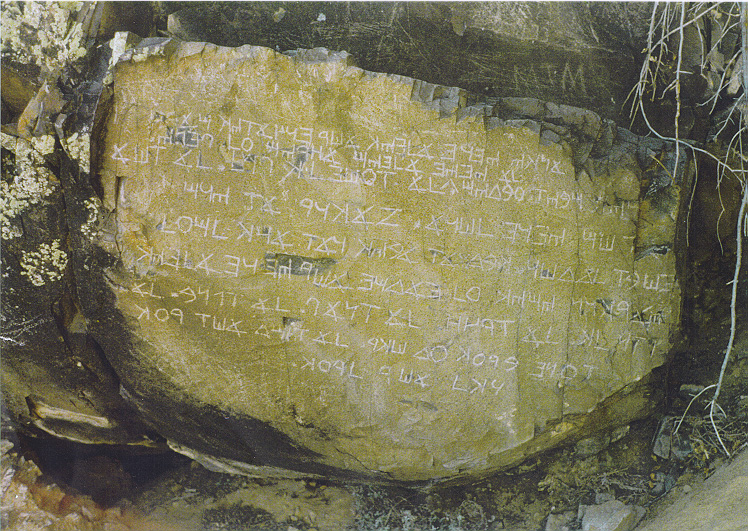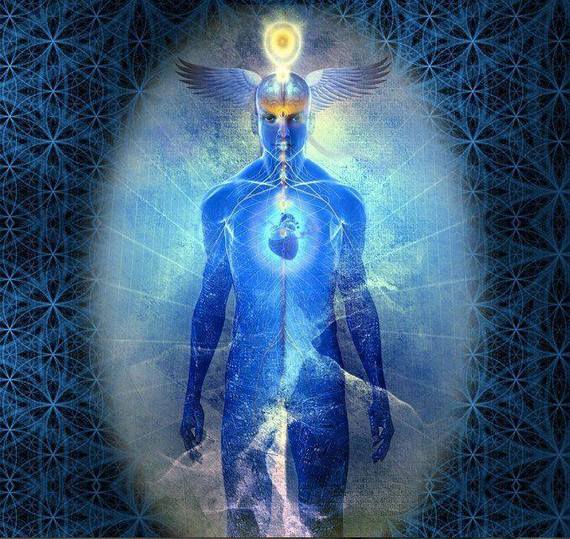(By Manly P. Hall) – There are very few occult students today who have not heard of the alchemist, but there are very few 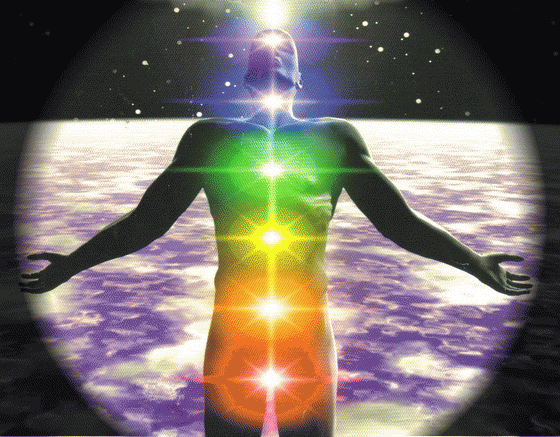 who know anything about the strange men who lived during the Middle Ages and concealed under chemical symbolism the history of the soul. At a time, when to express a religious thought was to court annihilation at the stake or wheel, they labored silently in underground caves and cellars to learn the mysteries of nature which the religious opinions of their day denied them the privilege of doing.
who know anything about the strange men who lived during the Middle Ages and concealed under chemical symbolism the history of the soul. At a time, when to express a religious thought was to court annihilation at the stake or wheel, they labored silently in underground caves and cellars to learn the mysteries of nature which the religious opinions of their day denied them the privilege of doing.
Let us picture the alchemist of old, deep in the study of natural lore. We find him among the test tubes and retorts of his hidden laboratory. Around him are massive tomes and books by ancient writers; he is a student of nature’s mystery, and has devoted years, lives maybe, to the work he loves. His hair has long since grayed with age.
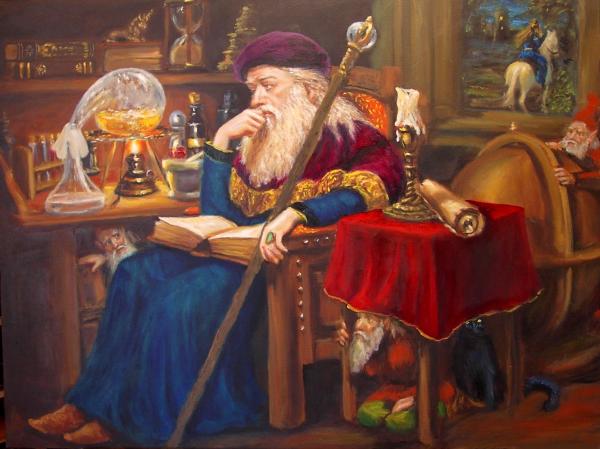 By the light of his little lamp he reads slowly and with difficulty the strange symbols on the pages before him. His mind is centered upon one thing, and that is the finding of the Philosopher’s Stone. With all the chemicals at his command, their various combinations thoroughly understood, he is laboring with his furnace and his burners to make of the base metals the Philosopher’s Gold.
By the light of his little lamp he reads slowly and with difficulty the strange symbols on the pages before him. His mind is centered upon one thing, and that is the finding of the Philosopher’s Stone. With all the chemicals at his command, their various combinations thoroughly understood, he is laboring with his furnace and his burners to make of the base metals the Philosopher’s Gold.
At last he finds the key and gives to the world the secret of the Philosopher’s Gold and the Immortal Stone. Salt, sulphur, and mercury are the answer to his problem; from them he makes the Philosopher’s Stone; from them he extracts the Elixir of Life; with the power that they give him he transmutes the base metals into gold. The world laughs at him, but he goes on in silence, really doing the things the world believes impossible.
After many years of labor he takes his little lamp and silently slips away into the Great Unknown. No one knows what he has done, or the discoveries that he has made, but he, with his little lamp, still explores the mysteries of the universe. As the close of the fifteenth century clouded him with mystery, so the dawn of the twentieth century is crowning him with the glory of his just reward, for the world is beginning to realize the truths he knew, and to marvel at the understanding which his years of labor had earned for him.
Man has been an alchemist from the time when he first raised himself, and with the powers long latent pronounced himself as human. Experiences are the chemicals of life which the philosopher is experimenting with. Nature is the great book whose secrets he seeks to understand through her own wondrous symbolism. His own Spiritual Flame is the lamp by which he reads, and without this the printed pages mean nothing to him.
His own body is the furnace in which he prepares the Philosopher’s Stone; his senses and organs are the test tubes, and incentive is the flame from the burner. Salt, sulphur, and mercury are the chemicals of his craft. According to the ancient philosophers, salt was of the earth earthy, sulphur was a fire which was spirit, while mercury was nothing, only a messenger like the winged Hermes of the Greeks. His color is purple, which is the blending of the red and the blue-the blue of the spirit and the red of the body.
The alchemist realizes that he himself is the Philosopher’s Stone, and that this stone is made diamond like when the salt and the sulphur, or the spirit and the body, are united through mercury, the link of mind. Man is the incarnated principle of mind as the animal is of emotion. He stands with one foot on the heavens and the other on the earth. His higher being is lifted to the celestial spheres, but the lower man ties him to matter. Now the philosopher, building his sacred stone, is doing so by harmonizing his spirit and his body. The result is the Philosopher’s Stone. The hard knocks of life chip it away and facet it until it reflects lights from a million different angles.
By Manly P. Hall from Initiates of the Flame

Moe is the founder of GnosticWarrior.com. He is a father, husband, author, martial arts black belt, and an expert in Gnosticism, the occult, and esotericism.

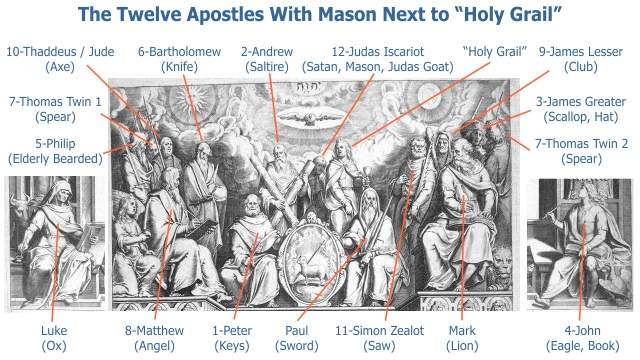
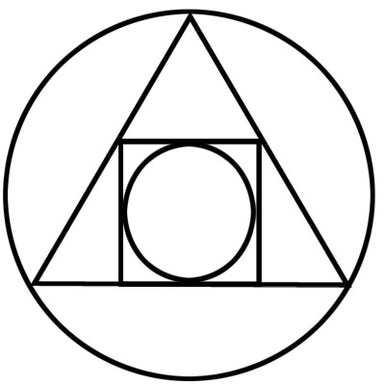
![How Bishop Cedd, having a place for building a monastery given him by King Etheiwald, consecrated it to the Lord with prayer and fasting; and concerning his death [659-664 A. D.] | Book 3 | Chapter 23 How Bishop Cedd, having a place for building a monastery given him by King Etheiwald, consecrated it to the Lord with prayer and fasting; and concerning his death [659-664 A. D.] | Book 3 | Chapter 23](https://www.gnosticwarrior.com/wp-content/plugins/contextual-related-posts/default.png)
